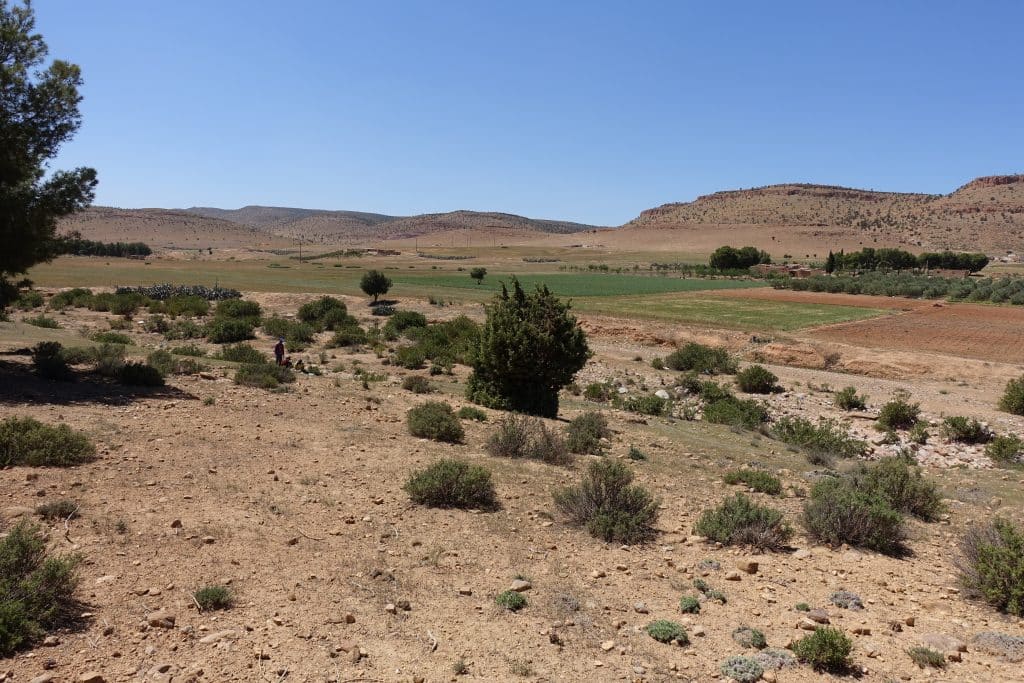DUNE
Lhe input of trace metals into agricultural soils via fertilisers is a cause for concern because of their potential risk to the environment and human health.
The main aim of the DUNE project (Bioavailability and transfer of cadmium and trace elements in the soil-plant system: the case of inorganic phosphate fertilisers) is to improve our understanding of the bioavailability and bioaccumulation of cadmium (Cd) and trace elements (TE) in crops.
The DUNE project will provide new insights into the uptake mechanisms and fate (translocation, accumulation) of Cd and ETs in crops and their rhizospheres. These objectives can only be based on the identification of the source and transfer mechanism down to the molecular level.
The scientific programme is based on laboratory experiments, modelling tools and multidisciplinary approaches. It will go beyond the standard assessment method, which provides only a limited number of indicators.
The methodology is based on a multidisciplinary, multi-scale approach using a range of experimental devices and cutting-edge analytical platforms. The study of elemental speciation is based on a set of spectro-microscopy tools using mainly X-rays, which is unique in France in Earth and Environmental Sciences. Stable Cd isotopes offer additional possibilities for tracing the footprint of inorganic phosphate fertilisers and the origin of metals in agricultural soils where they are applied, thanks to their distinct chemical reactivity and bioavailability.
To achieve this objective, the project will carry out activities in four main areas:
- Distribution in the environment, isotopically traceable speciation and behaviour of Cd in the substrate-soil-plant continuum.
- Role of the origin and type of inorganic phosphate fertiliser on the availability of Cd and ET to plants: mass balance and cycle.
- Tracing Cd from fertilization with phosphate fertilizers in soil-plant systems: estimation of Cd stock and flux, and speciation in plants
- Control of the plant microbiome by Cd concentration and phosphate fertilisers, selection of Cd-resistant bacteria that promote plant growth.
2022-2025: DUNE
Bioavailability and transfer of cadmium and trace elements in the soil-plant system: the case of inorganic phosphate fertilizers
Heads of CEREGE :
Blanche Collin, Jérôme Rose
Partners :
- CIRAD, UPR Recycling and Risk, Montpellier
- CEA, CNRS, BIAM, LEMIRE, Laboratory of Microbial Ecology of the Rhizosphere, St-Paul-lez-Durance
Foreign collaborators :
- Mohammed VI Polytechnic University, Benguerir, Morocco


